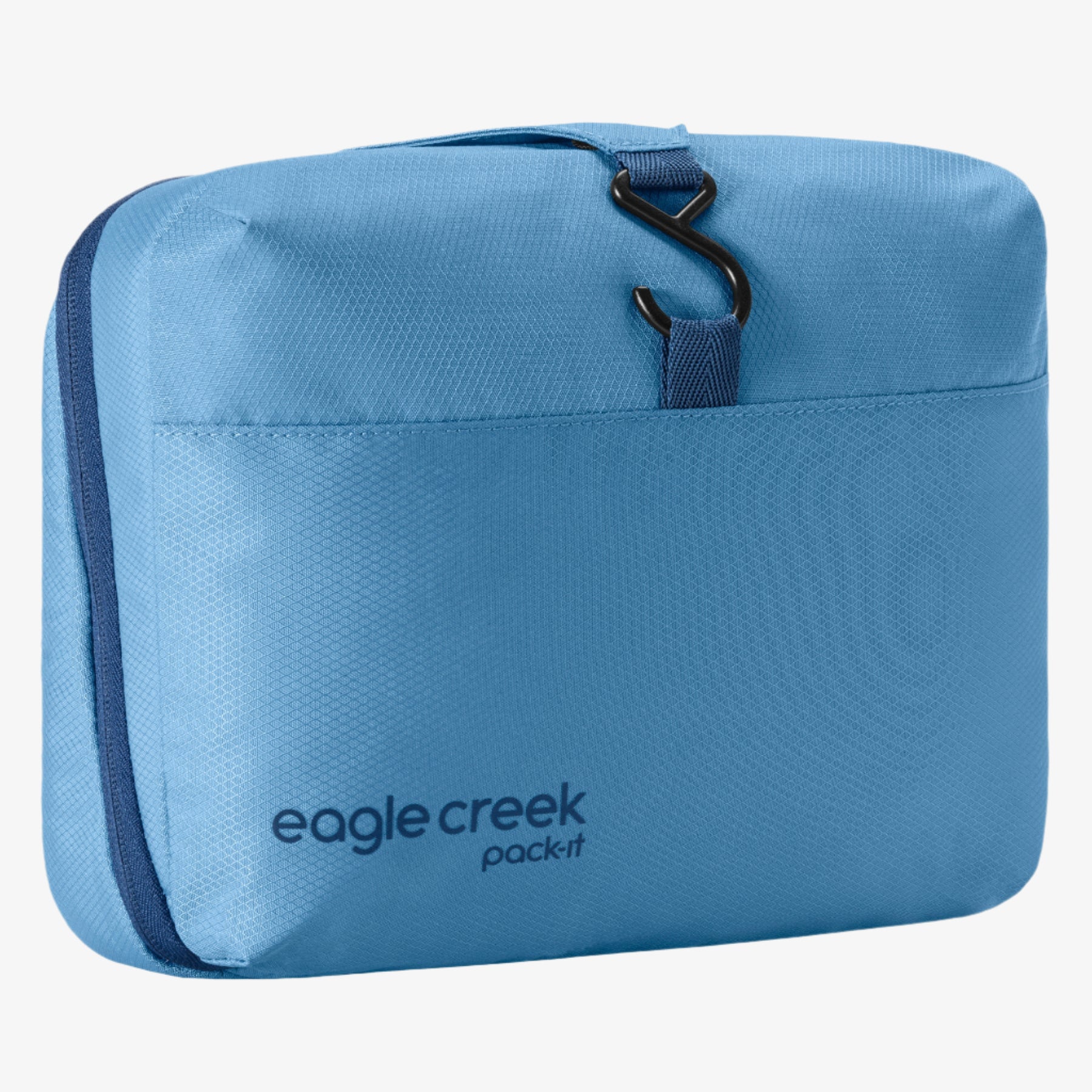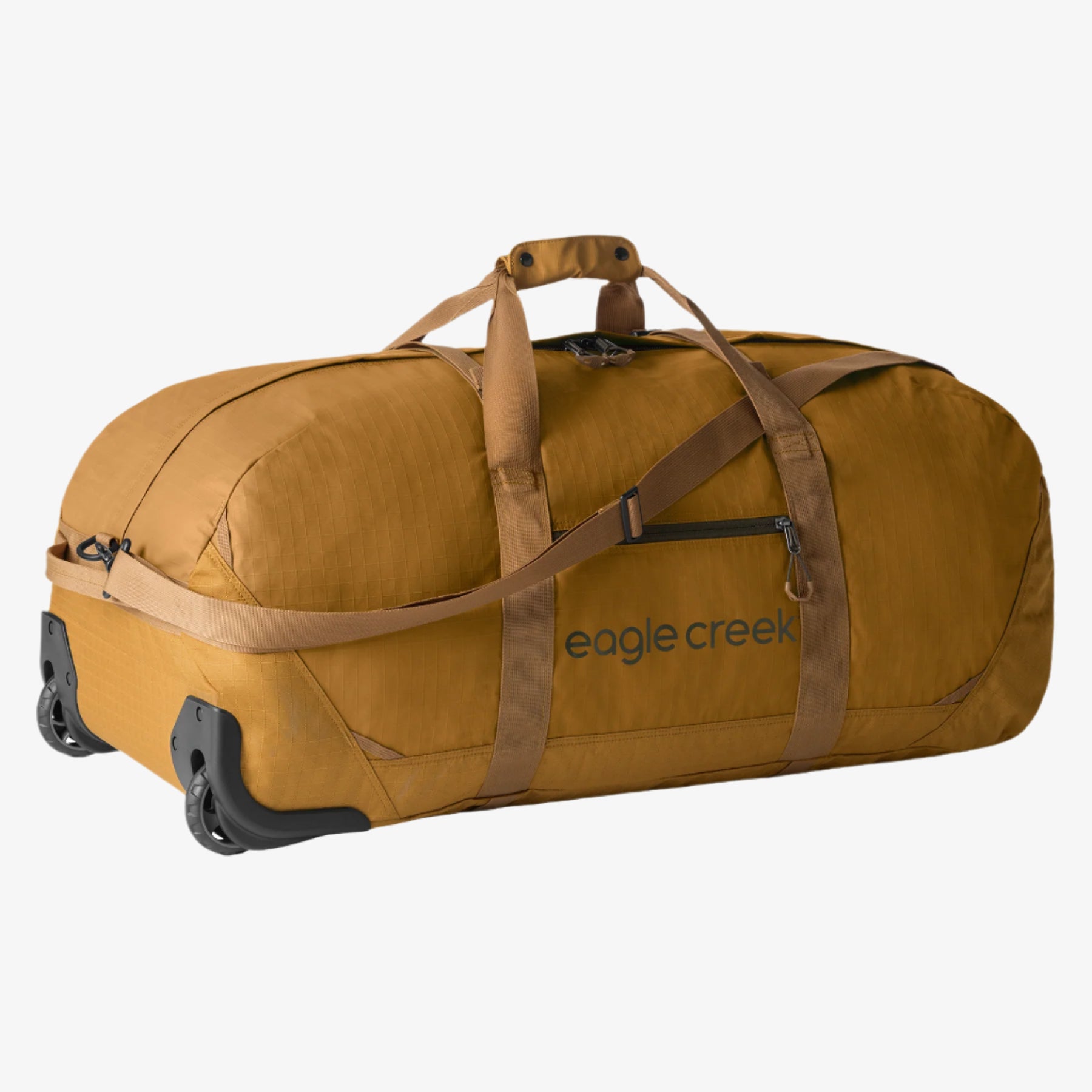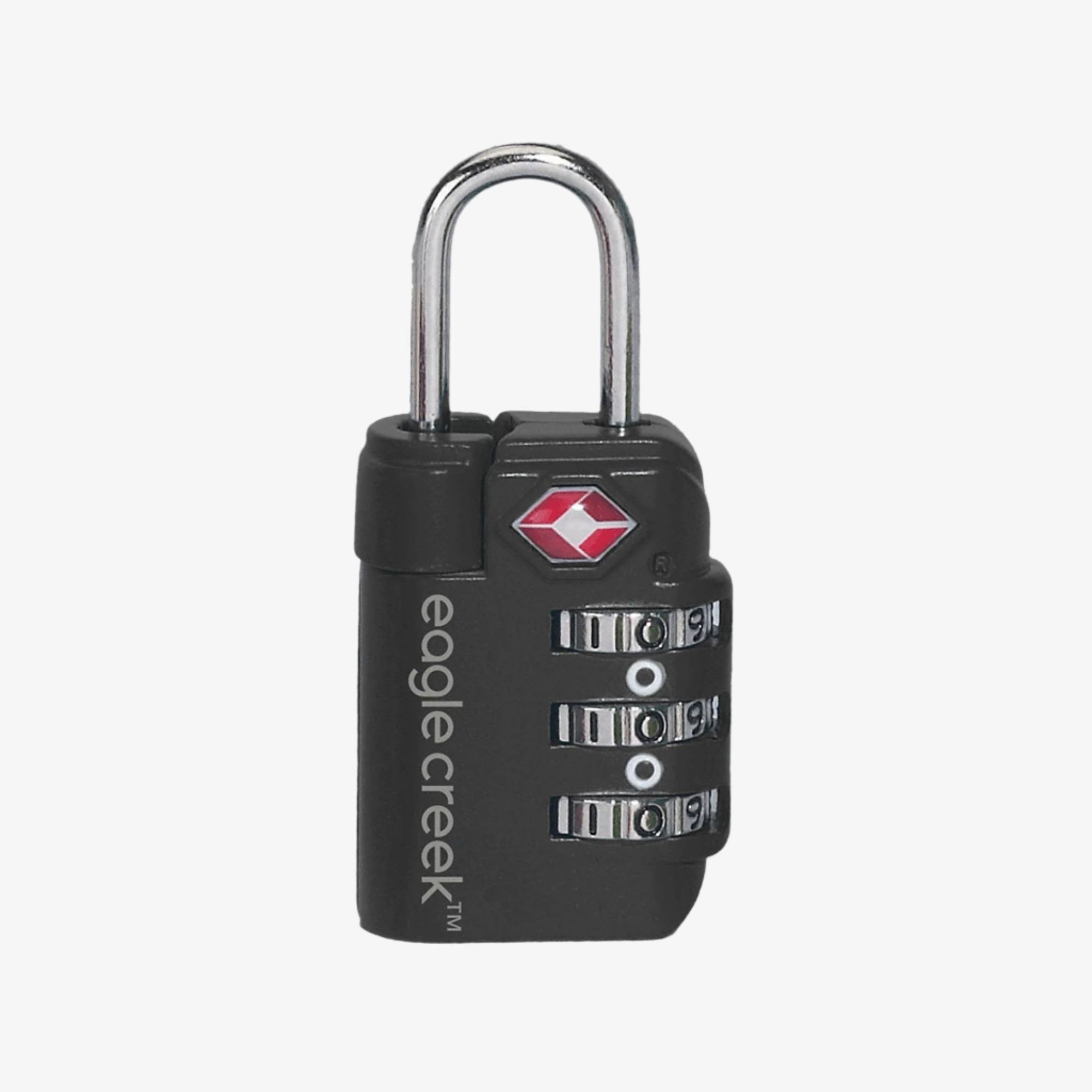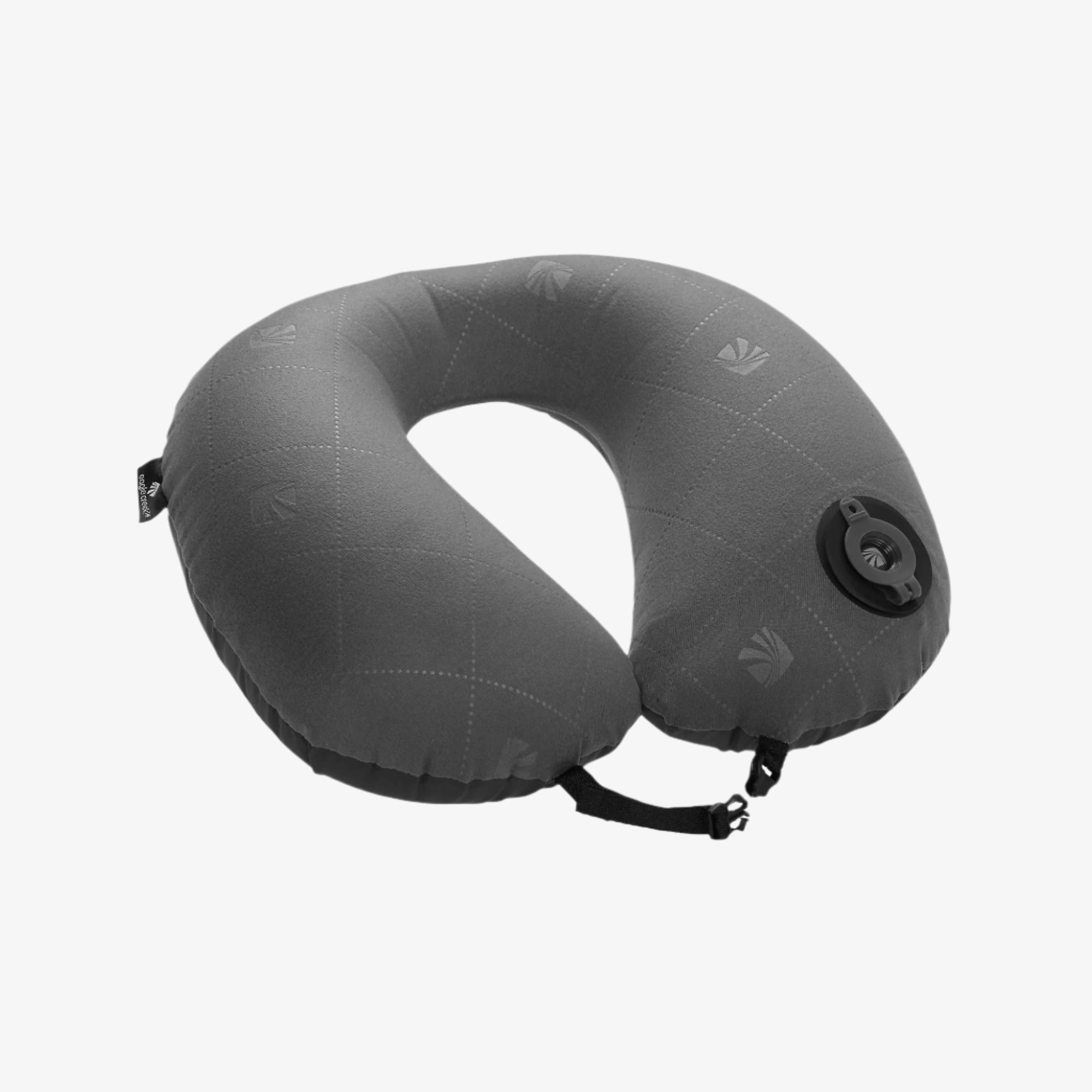
Give yourself the freedom to roam and choose a wild camping experience as your next outdoor adventure.
Wild camping is essentially any type of camping that takes place outside of regular campsites, festivals. You undertake this type of adventure when wilderness backpacking, pitching a tent on a remote kayaking trip, and things of that nature. It’s just you, the starry skies, and great outdoors.
It sounds idyllic, but what does wild camping actually involve? If you’ve never considered pitching-up and bedding-down off-the-beaten-path in the great outdoors, don’t panic. Here’s everything you need to know:
How to Practice Responsible Wild Camping
To ensure that you’re practicing responsible wild camping, follow this simple rule: Leave no trace. Whatever you turn up with, take home again. It’s as simple as that.
Take steps to minimize your impact on the environment by:
● setting up camp late and leaving early;
● cleaning up after yourself and removing all trace of your pitch—take a drawstring sack and attach it to the outside of your pack to carry any litter you create or find;
● not having a campfire if possible;
● only using environmentally- and nature-friendly hygiene products in your camping toiletry kit;
● never camping in the same place for more than one night;
● respecting the environment and wildlife.
The benefit of wild camping is that you can spend time in pristine natural environments; make sure the next person who visits the same spot can enjoy the same experience.
Choosing a Place to Wild Camp
As part of your pre-trip planning, consider approximately where on your route you’ll be when night starts falling. If you’re heading off on a multi-day hiking adventure, structure your route around ideal camping spots, such as locations with tree-cover or a freshwater source. Planning is even more important when desert hiking or beach camping; places that may lack easy access to shade or freshwater.
Avoid trespassing onto private land and follow footpaths when possible. Stay away from well-known natural beauty spots as these are often over-crowded when the weather is fine and keep clear of any residential areas.
If you’re planning to get off-the-beaten-path it’s vital that you check the rules regarding wild camping in the local region as in some parts of the world campers have no legal rights.
Wilderness Safety Tips
These simple wilderness and camping safety tips can help you have a trouble-free trip out in the wild:
● Check the weather forecast.
● Leave details of your route with a friend.
● Make sure you’re feeling fit and healthy before you head out.
● Brush up on some basic survival skills.
● Pack some survival essentials such as a fire starter and extra food supplies.
● Change your socks regularly—dry feet are happy feet.
● Don’t consume alcohol or take drugs.
● Research the local terrain and make sure you’re comfortable with any challenges it offers, such as uneven ground or steep climbs.
● Carry an analog map in case your electronics fail.
● For longer trips or solo excursions, consider bringing a tracking transmitter like a PLB (Personal Locator Beacon) that will help emergency services rescue you in the event you need help.
Wild Camping Packing Essentials
Finding yourself in the wild without a vital piece of kit isn’t just frustrating it can potentially be life-threatening. Take the time to work out what camping equipment you need before you rush out the door.
Every night out in the wild is different, so you’ll need to pack for the conditions you’ll experience when night falls. Here are a few of the basics every wild camper will need:
Durable, Supportive Rucksack: Whatever amount of weight you’re carrying, it’s important to invest in a durable, supportive rucksack that evenly spreads the load of your camping gear across your shoulders. Choose a pack with adjustable shoulder and hip straps for maximum comfort.
Clothing: Consider both the daytime and overnight temperatures you’re likely to experience and layer up accordingly. Quick-drying and waterproof fabrics are ideal in case the weather takes a turn.
Water filtration: There are a whole heap of products on the market that will enable you to filter fresh water on the go. Provision enough water for your trip and work out where you can restock if needed while on route.
Camping Stove and Supplies: When you’re expending a lot of energy each day, you need to replenish the calories you’ve burnt off. A lightweight camping stove and nutrient-packed dried camping meals are an easy way to make sure you have the get-up-and-go to keep going.
Tent and Sleeping Bag: My advice? Go as lightweight as possible for the conditions. Depending on how wild you want to go, you could consider ditching your tent and sleeping bag in favor of building a shelter from natural materials. If you choose to do this, you’ll need to ensure you have a basic survival skill set and allocate time to do this prior to nightfall.
Packing Cubes: Organize your camping gear into easily accessible packing cubes and use a water-resistant toiletry kit so that you can locate your gear quickly and don’t have to unpack your entire bag.
The idea of wild camping can be a little daunting, but it’s actually a great way to have epic outdoor adventures. Next time you’re feeling blue break-away from the mundane and pitch-up for a night in the wild; a pristine wilderness awaits.
Related Links:
10 Tasty Campfire Treats and Snacks







































